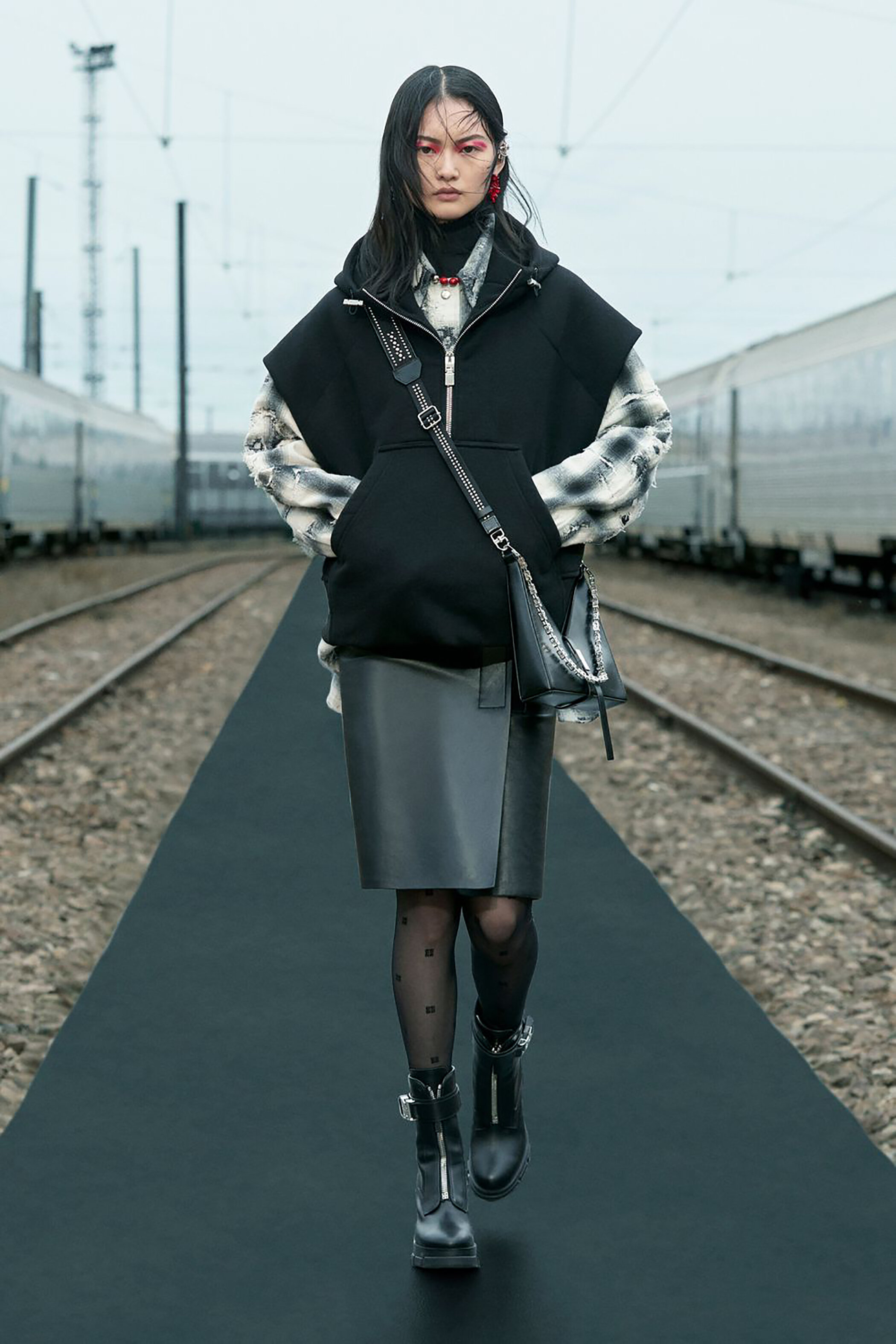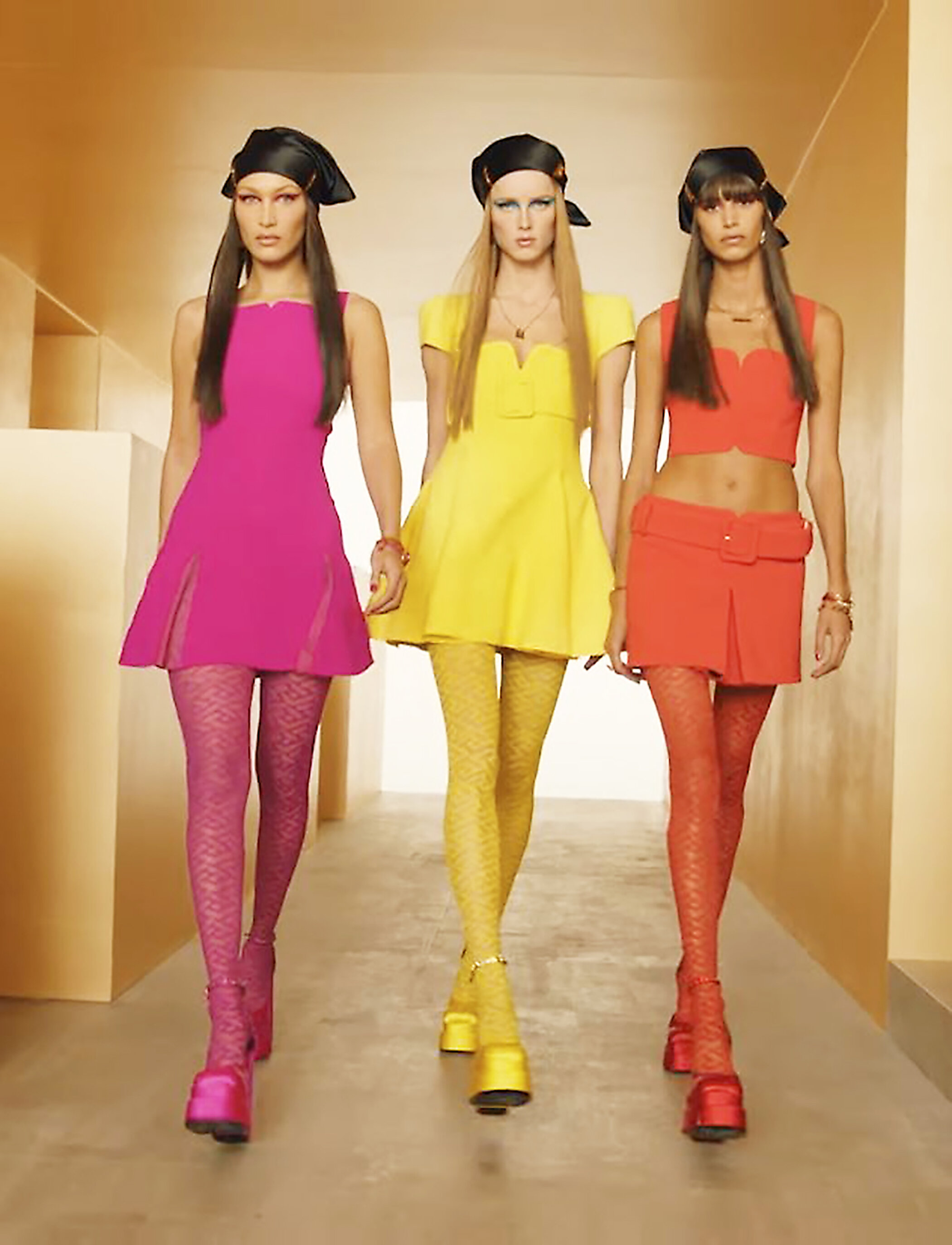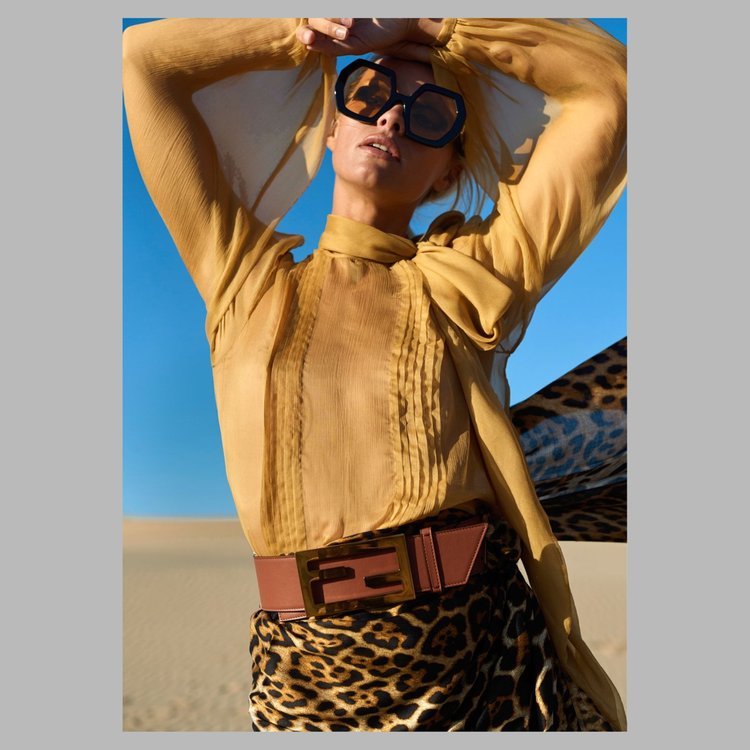The (Up)cycles of Life & Fashion
Fashion trends constantly ebb and flow with the tide of the industry, but in recent years many styles I thought I’d never see again started to make successful comebacks. Remember how everyone looked back on the early 2000s and cringed at the thought of low-rise jeans, iridescent rhinestones, and butterfly hair clips? Yet today, you can walk outside in the city and spot a number of people flaunting these styles confidently. Although the fashion industry is one of the most detrimental to our natural environment, there is an inherently sustainable aspect ingrained in the way trends recycle throughout the decades. Why exactly do certain trends go in and out of style, and what can these repeating cycles be attributed to?
Some of the major trends that have resurfaced in recent years include the Y2K aesthetic, known to be popular on secondhand-shopping app Depop and social media platforms such as TikTok. Many younger consumers have leaned into the 2000s, sporting baguette-style shoulder bags and graphic tees. Not only are consumers partaking, but some of today’s most prolific trendsetters and fashion houses have traveled back in time as well. Givenchy’s recent SS22 Collection as well as Versace’s FW21 collection emanate punk-rock or edgy energy reminiscent of the early 2000s. Fashion moguls such as supermodel Bella Hadid and Wildflower Cases’ co-creator Devon Lee Carlson have not shied away from these trend revivals either, as they are often seen sporting these nostalgic looks.
Many other trends have seemed to reclaim the spotlight in the fashion world, including vintage 70s-inspired garments. As reported by Forbes, the secondhand clothing industry is projected to grow by three times its current worth in the next 10 years. This phenomenon has spurred an increased interest in styles such as flared denim, groovy floral patterns, and intricate crocheted pieces. In fact, current fashion seems to be more of a diverse amalgamation of past fads than a marker of the current times. This can be seen not only within the fashion industry but, additionally, within the beauty industry. Micro-braids and curtain bangs came back into style, and it is not unusual to see makeup artists pulling inspiration from past eras.
It is not difficult to identify these recycled trends in the real world, but what is more perplexing is why certain styles cycle back into normalcy after a decade or two. One of the most apparent sources of trend revivals is social media. Social media acts as an archive of past fashion tendencies. Photographs of celebrities from the 90s can be pulled up with a simple swipe on a phone, so we now have the ability to go back and take inspiration from dated looks.
Many believe that this law of repetition actually applies to all creative mediums, such as visual art, film, or music. Bold, new ideas are often first overlooked for being too outlandish, then accepted for being avant-garde, before eventually the excitement ceases, and this cycle repeats itself again and again. Another proposed origin of current derivative fashion looks is Gen Z’s overall tendency to stray from the mainstream. Today’s youth display an unapologetic spunk, in which conforming to society’s expectations is often looked down upon. Perhaps younger generations are starting to dress in recycled styles simply because it is more entertaining to dress expressively, instead of dressing how every other person their age may dress.
Whatever the root of recycled fashion tendencies may be — whether the reflection of our current economy, generational differences, or just pure nostalgia — the idea of bringing old garments back into “style” is actually an environmentally-friendly concept. Instead of throwing out “outdated” items, if we put them away and saved them for the inevitable resurgence of said piece then we could possibly decrease the amount of waste that the fashion industry contributes to every year. If you are not fond of holding onto old items, then you can even go “shopping” in your Mom’s or a relative’s closet, as opposed to consuming more from a large corporation. Not only would this save you money, but you could discover something even more unique and authentic than any product sold in a store.
It is always a great idea to invest in timeless pieces, for the sake of efficiency and conscious consumerism, but there is hope instilled in the fact that old trends may make their way back into the spotlight in the near future. Leaning into the resurgence of tried-and-true trends can be beneficial for the environment, as it emphasizes a circular fashion industry. It can open up a whole new world of possibilities within your wardrobe.
Article by Kayla Curtis-Evans, Contributing Sustainable Editor PhotoBook Magazine
Tearsheets by Kenisha Seth & Maelle Eugene, Contributor, PhotoBook Magazine








